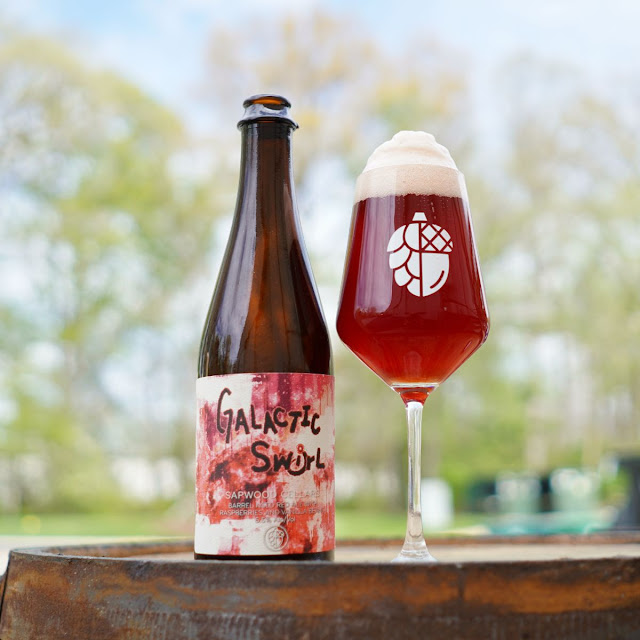 Dr Chris White joins me this week to talk about yeast viability, harvesting yeast and reusing yeast from batch to batch. Subscribe on iTunes to Audio version or Video version or Spotify or Google Play Download the MP3 File– Right Click and Save As to download this mp3 file. Your browser does not support the […]
Dr Chris White joins me this week to talk about yeast viability, harvesting yeast and reusing yeast from batch to batch. Subscribe on iTunes to Audio version or Video version or Spotify or Google Play Download the MP3 File– Right Click and Save As to download this mp3 file. Your browser does not support the […]  Dr Chris White joins me this week to talk about yeast viability, harvesting yeast and reusing yeast from batch to batch. Subscribe on iTunes to Audio version or Video version or Spotify or Google Play Download the MP3 File– Right Click and Save As to download this mp3 file. Your browser does not support the […]
Dr Chris White joins me this week to talk about yeast viability, harvesting yeast and reusing yeast from batch to batch. Subscribe on iTunes to Audio version or Video version or Spotify or Google Play Download the MP3 File– Right Click and Save As to download this mp3 file. Your browser does not support the […] 

































